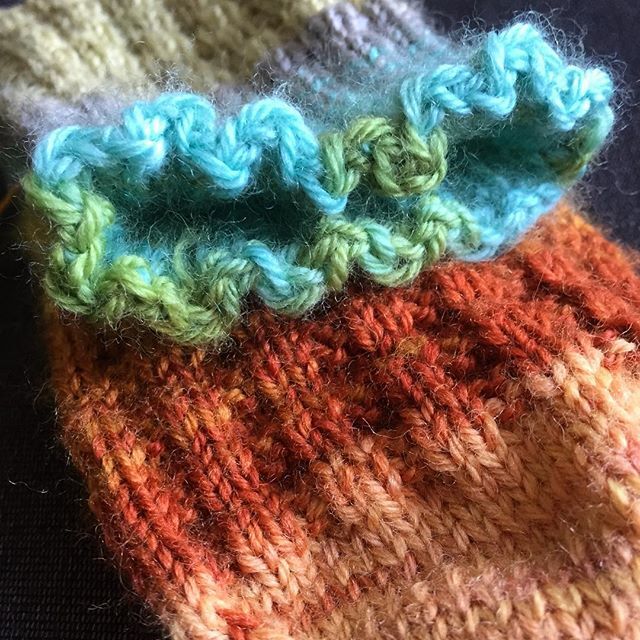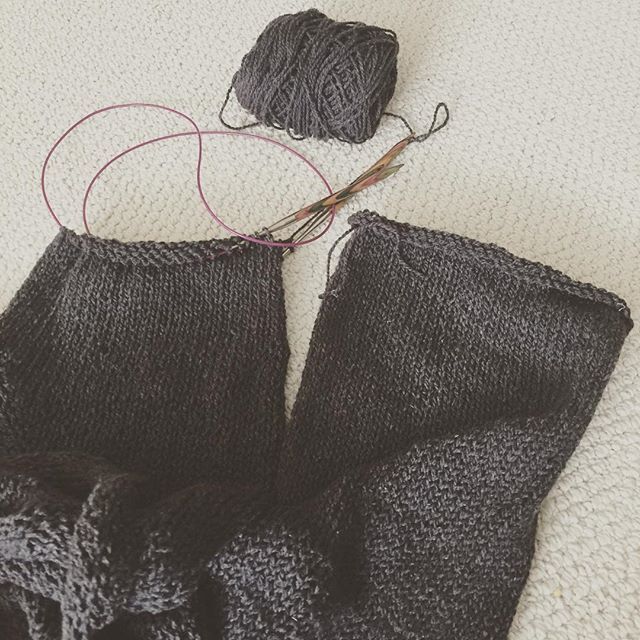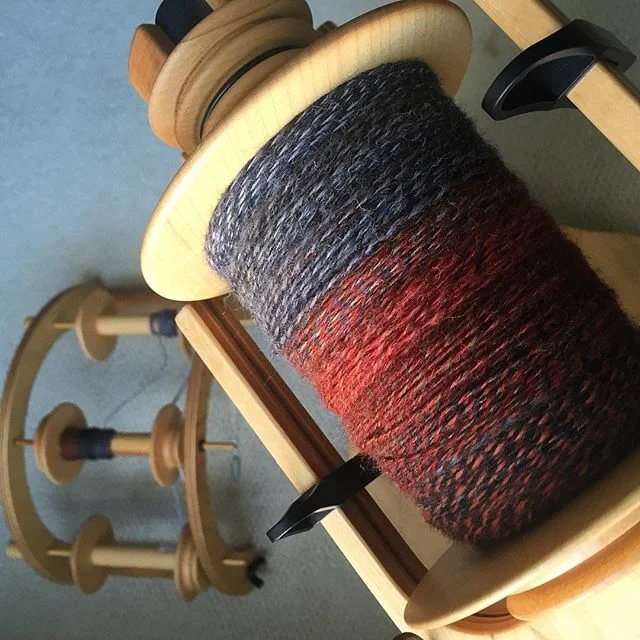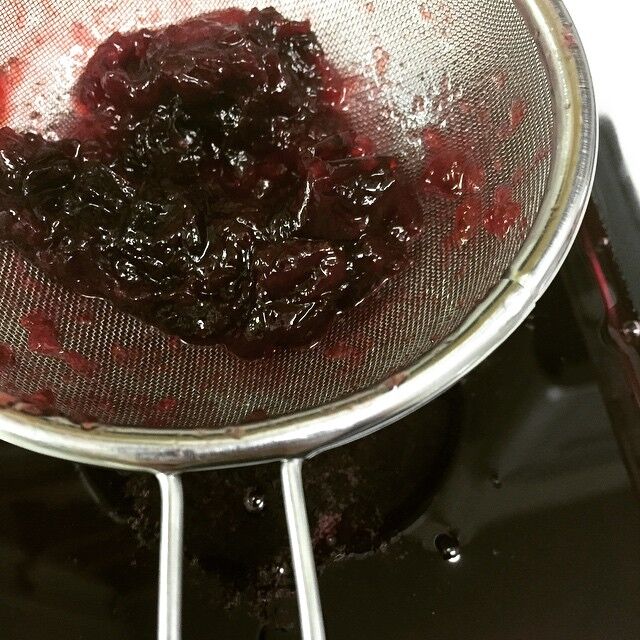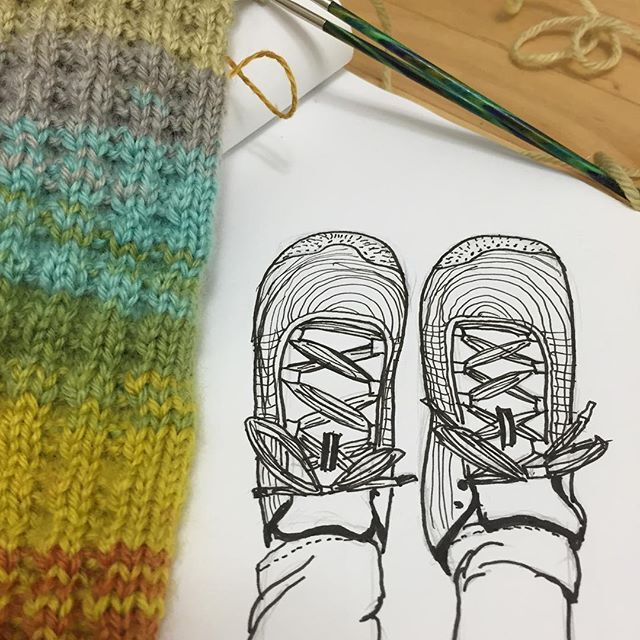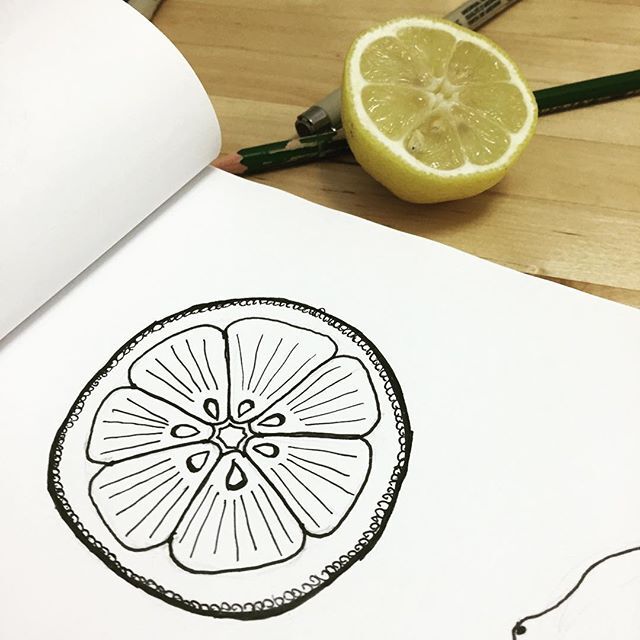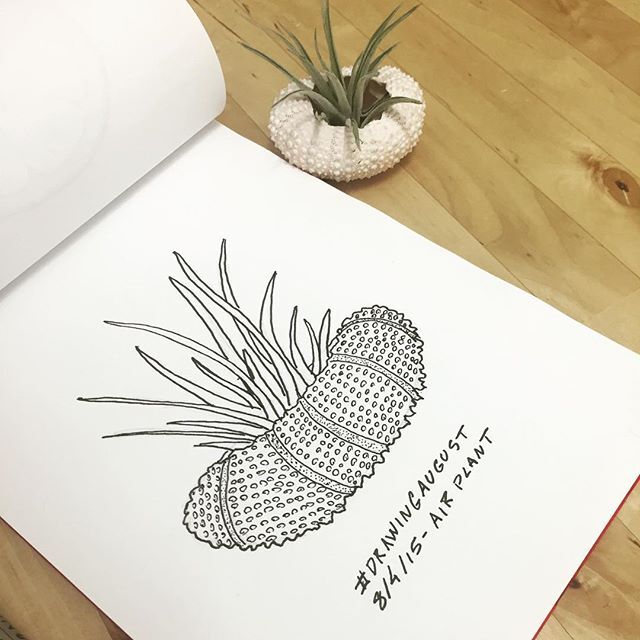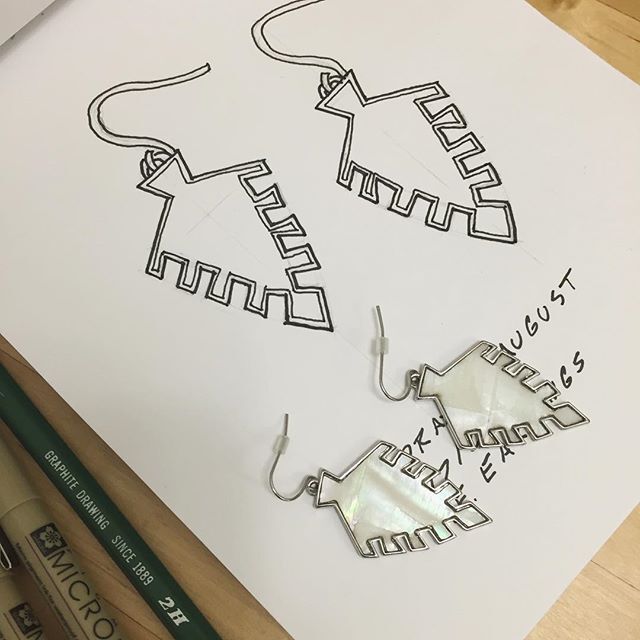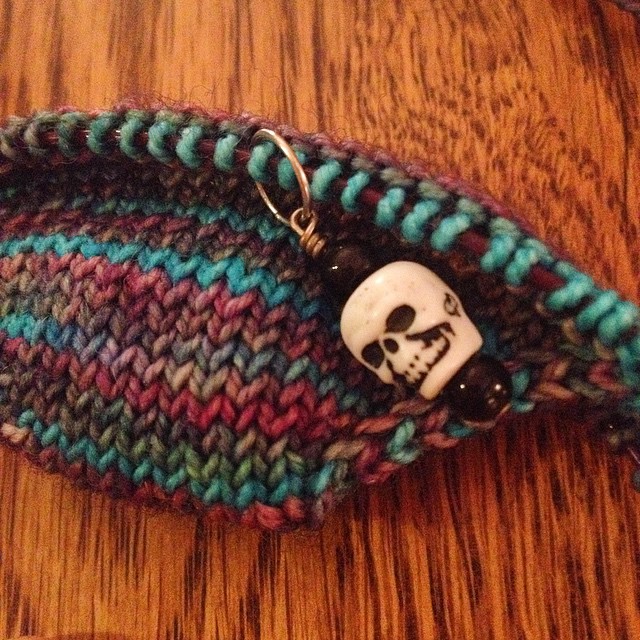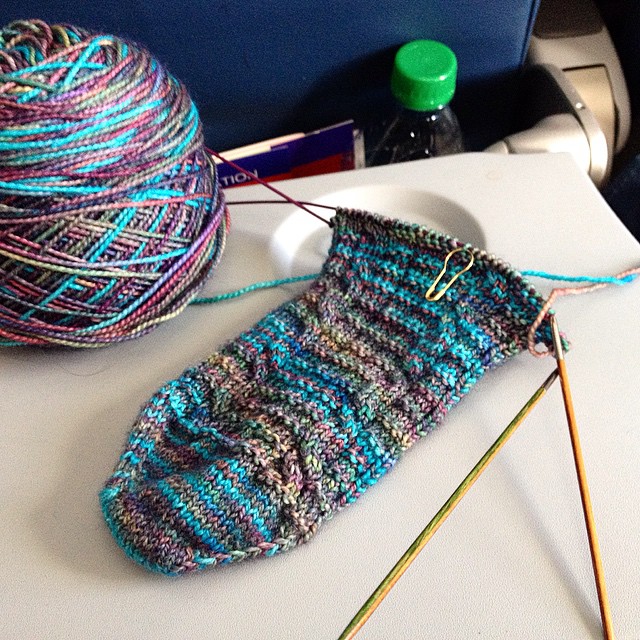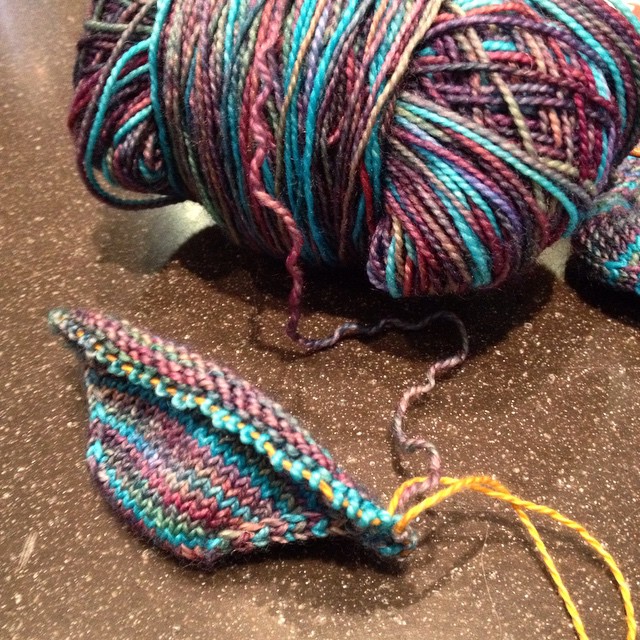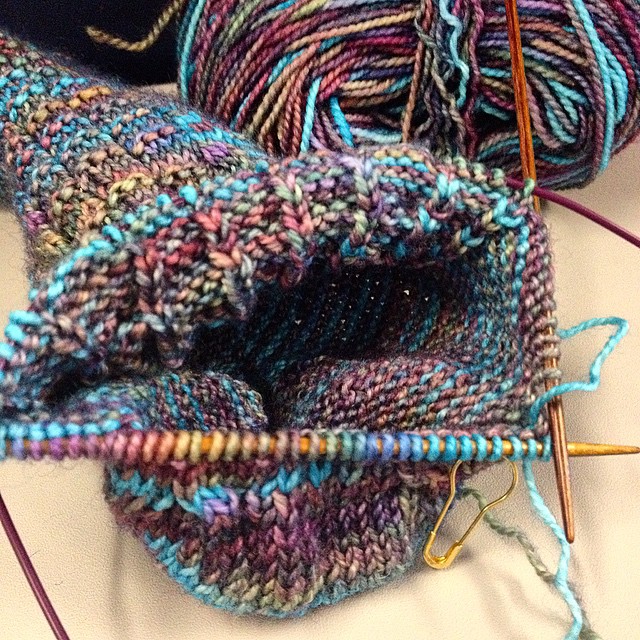223 Days of #YearOfMaking
/Read more: Lessons from 50 Days of #YearOfMaking
Way back on January 1st when I started #yearofmaking, my goals were simple. I wanted to make something every day, learn new things, and improve my skills. To keep myself accountable, I’d post a photo of the day’s work to Instagram. Day 223 looks a lot different than Day 1.
Over the past 7+ months, I’ve spun yarn, knit a lot, cooked many dinners, taken photos, written thousands of words, made videos, baked cakes, and doodled. I have photos and logs tracking everything I’ve made. Seeing those chains grow has helped me keep going. Sure, there are days that I didn’t make anything, but those days are rare.
Making something every day is now a habit and I get a little fidgety if I haven’t done something by the end of the day. That’s not to say that I’m finishing something everyday. There’s no way I could keep up the pace if a project had to be complete by the time I went to bed. If I only knit 2 rows on sock, it counts. Building the habit of making is what was important.
I’ve gotten a lot of good from #yearofmaking but it was starting to feeling like I was just going through the motions in June and July. Then Tour de Fleece happened. To get ready I set goals and picked a skill to focus on. After 3 dedicated weeks of spinning, my forward draft and handspun were much improved. I was even able to check “make sock yarn” off my spinning bucket list! Seeing that improvement put the excitement back into daily making.
When Tour de Fleece ended, I went looking for something else to focus on. When I read about #DrawingAugust I knew I’d found my next goal. I’m now drawing every day and keeping the sketches simple so I can finish them in 15 - 30 minutes. Some drawings I’m really proud of and others I’m embarrassed to show, but they all go up. It’ll be nice to see how I’ve improved at the end of the month. Plus, this project has also been a good kick in the butt to finally watch all those online classes I’ve bought and never gotten around to watching.
Instead of being separate projects, Tour de Fleece and #DrawingAugust brought intention back to #yearofmaking for me. At first, just making something every day was enough because I was building the habit. Once that intention was “complete”, I was still making things but I wasn’t learning or improving my skills. I needed a new intention to keep going or I was going to find reasons about why playing video games was a perfect use of all my free time. This month, improving my drawing is my motivation. These smaller goals are what’s going to keep me making to the end of the year.


